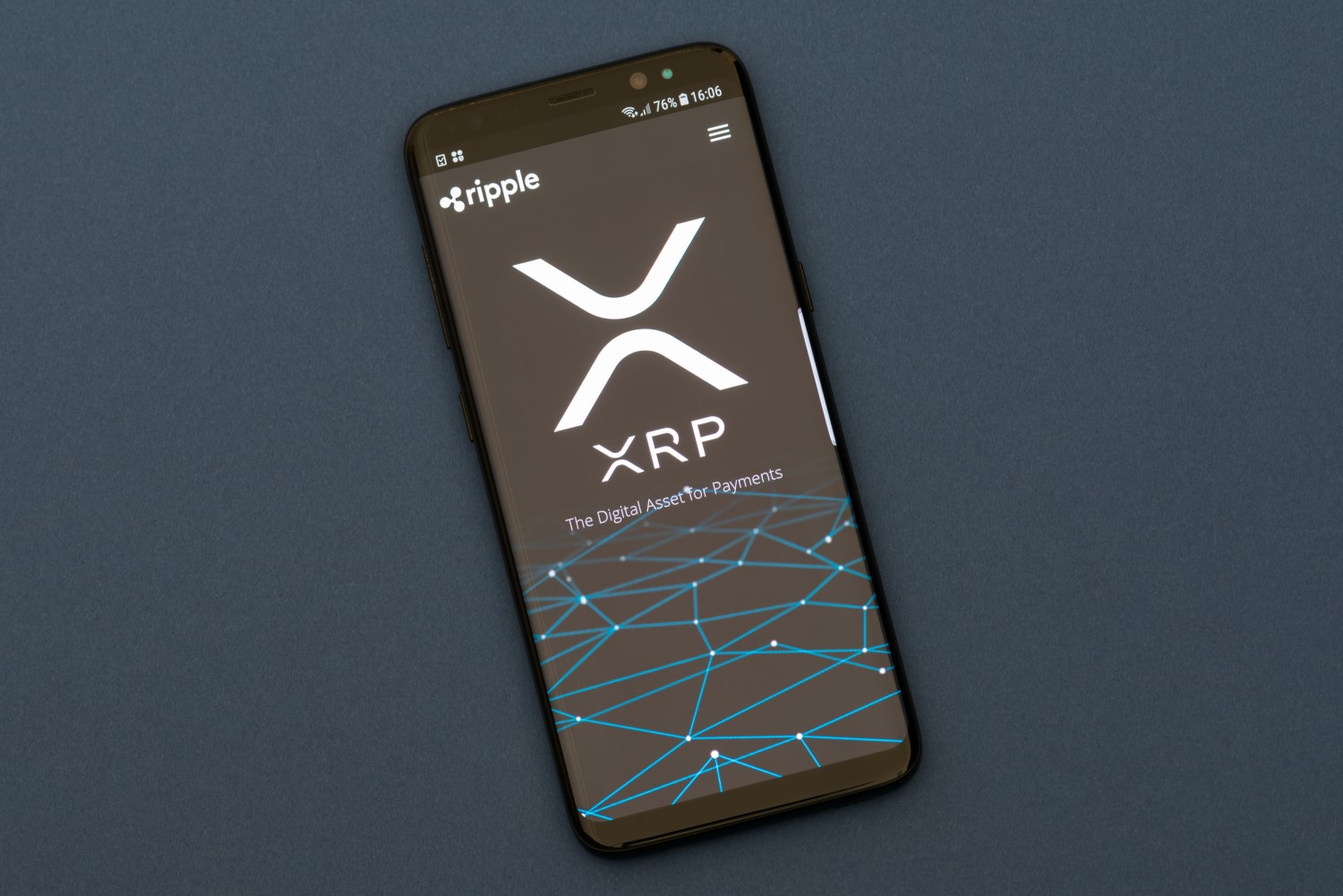Crypto Lenders Caused Crypto Contagion Last Year. How Is the Industry Rebuilding?
Loans are as old as money. Throughout history, whether seeds or gold, every form of currency has had its lending market. Now, Bitcoin, with its decentralized and transparent nature, has staked its own claim in the financial landscape. And just like the currencies that came before it, for Bitcoin to truly thrive, it also needs a robust lending market.
Mauricio Di Bartolomeo is the co-founder of Ledn, a digital currency lending company.
However, thus far, most attempts to create a bitcoin credit market have failed spectacularly, with disastrous repercussions.
The demand for bitcoin and digital asset lending services surged during the 2020 run-up, with 10s of billions of client assets flowing towards both centralized and decentralized lending platforms.
Fueled in part by lax macroeconomic monetary policies and the crypto sector’s explosive growth, this environment allowed bad actors to operate recklessly, misleading consumers without facing significant checks and balances.
This lack of oversight ultimately led to the collapse of the digital asset lending industry beginning in 2022, including the cascading bankruptcies of lenders including BlockFi, Celsius and a unit of Genesis.
Although accusations of fraud in some of these cases will be a matter for the courts to decide, the sudden domino-like collapse of dozens of digital asset lending firms highlighted an underlying flaw: their operating structures were inherently unsustainable.
These structures lacked a crucial “ring-fencing” of lending risk, and lenders did not provide the transparency needed for clients to understand their credit underwriting process or the concentration risks in their lending activities.
This outdated structure, coupled with insufficient risk management, was akin to dry wood eagerly awaiting a spark — and Terra/Luna, Three Arrows Capital (3AC) and FTX were an entire box of matches.
Historically, a lending model without ring-fenced risks is viable only when a lender of last resort exists, such as the Federal Reserve in the context of traditional banks.
This backstop doesn’t exist for Bitcoin, which means the industry needs to develop a new model — one that doesn’t lean on government or state institutions.
Why Bitcoin needs a lending ecosystem
Many investors have reaped impressive returns on their bitcoin and other digital assets via yield offerings. Such services allow digital asset holders to generate passive income, mirroring the benefits typically enjoyed by investors in traditional finance.
Predominantly, these yields are a result of lending assets to institutional market makers.
Bitcoin lending has not only facilitated capital access for market makers in the bitcoin derivatives domain (i.e. futures and options markets) but has also been instrumental in the sector’s growth.
Derivatives, which give investors the options to buy or sell based upon pre-arranged agreements and were first used to hedge risks of agricultural harvests, has contributed to reduced bitcoin’s price volatility and helped keep more consistent prices across exchanges.
By capitalizing on price discrepancies between different exchanges, market makers have been exceptionally effective in narrowing the bid-ask spread over time. This efficiency directly benefits consumers, ensuring they receive more dollars when they sell and more bitcoin when they buy and helping to stabilize bitcoin’s price.
The lending market accelerates settlement processes among entities and offers a host of other benefits. Specifically, bitcoin lending gives the opportunity to earn yield, ensure narrower spreads for bitcoin transactions on global exchanges, stabilize bitcoin spot market prices, provide a healthy spot short market for honest actors to hedge positions in a tax-efficient manner and create a more efficient hedges for bitcoin miners.
Systemic weaknesses exposed
The 2022 events highlighted several systemic risks that need addressing, including the ring-fencing of individual product risk.
To give a general rundown of how firms like BlockFi, Celsius and Voyager failed, it has often been the case that crypto credit providers intertwined client assets with the risks of the company’s yield products. This means that the client’s loan, backed by bitcoin or another cryptocurrency, was in jeopardy if a company’s “yield” initiative failed and led to bankruptcy.
Another hazard lies in concentration risk from lending counterparties, or the firms crypto lenders would work with to generate yield on client holdings.
When promised rates become unsustainable, these platforms face a dilemma: restrict lending to manageable limits and reduce client rates, or continue unchecked lending despite surpassing comfortable risk thresholds. Proper management of this concentration risk is fundamental to risk management.
Transparency can make or break these relationships. Take Voyager, for example, which reportedly tied up nearly 58% of their loan portfolio with Three Arrows Capital. Alarmingly, to our knowledge, 3AC did not provide essential financial statements to their lenders, a fundamental requirement for any lender to properly assess the financial health of their counterparties.
One can’t help but wonder: Would clients have been so keen to lend to Voyager if they had the full picture from the start? Other firms had similar concentrations with Genesis and/or Alameda Research.
The blueprint for future success
After the rollercoaster that was the past 18 months, digital lending platforms are stepping up their game. Here’s the lowdown on what’s changing at some firms:
The two-account system: Imagine having two wallets. In one, you simply keep your money safe with no fuss. In the other, you decide to invest a bit and hope to see it grow. That’s what platforms are doing now. They’re offering a “safe” account where digital assets remain largely untouched.
Then there’s a more adventurous “yield” account. Here, assets get lent out, to generate returns. Of course, there’s some risk involved, but it’s all transparent from the get-go. This way, clients can pick what suits them best.
To generate interest in the “yield” account, loans have to be made, which carries risk and why people get paid interest at all following textbook economic theory. A key distinction from this new model is that the benefits of loaning funds (i.e. earning yield) and risks of the loans are “ring-fenced” to the “yield” account. In theory, clients that are not participating do not face any risk of loss from the “yield” account loans and are ring-fenced from the platform as well as any insolvency risk (e.g. what happened with Celsius and BlockFi).
The big push for transparency: Many platforms have heard loud and clear that clients want to know what’s happening with their money and are rolling out regular, easy-to-read reports. It’s like a window into the lending world. You get to see who’s borrowing, how much and for what.
Smart and diversified lending: Learning from the mistakes of Voyager and 3AC, firms are being much more cautious in extending too much credit to any one group. By lending little bits to many, the risk tied to one rotten egg doesn’t mess up the whole dozen.
The world of digital asset lending is growing up. Platforms are taking the bumps from the past, learning and building better. It’s a sign of things moving in the right direction, with more transparency and smart choices leading the way.
Let’s embrace this shakeup and its lessons. The “Wild West” was fun while it lasted, but now? It’s high time for the age of Enlightenment in digital asset lending.









